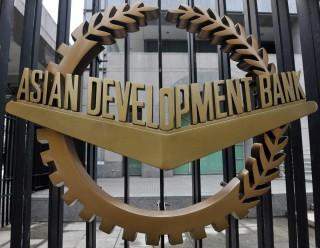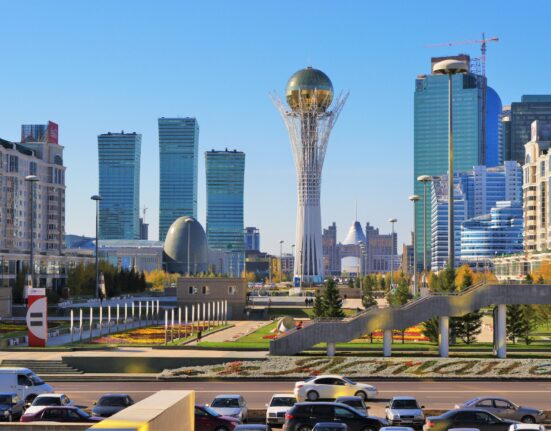Deputy Prime Minister–Minister of National Economy Serik Zhumangarin presented Kazakhstan’s investment and economic potential to American businesses in Washington, D.C., during a roundtable of the U.S.–Kazakhstan Business Council (USKZBC) at the U.S. Chamber of Commerce.
Zhumangarin noted that Kazakhstan and the United States maintain a high level of economic relations. More than 600 enterprises with American capital operate in Kazakhstan, including Chevron, ExxonMobil, General Electric, Pfizer, Honeywell, Coca-Cola, PepsiCo, and John Deere. U.S. businesses are represented in all key sectors—from finance and energy to engineering, pharmaceuticals, and logistics.
“Kazakhstan is an attractive country for American business. The country’s GDP this year will exceed $330 billion, accounting for about 60% of Central Asia’s economy. By the end of 2024, GDP per capita exceeded $14,000, and in purchasing power parity terms — over $44,000. The medium-term goal is to reach $450 billion by 2029,” Zhumangarin said.
Particular attention was paid to the high sustainability of public finances. Kazakhstan’s public debt remains at a conservative level of only 22.2% of GDP, or $61 billion. In 78% of the world’s countries, the debt-to-GDP ratio exceeds this figure. Over the past 20 years, the country has attracted more than $400 billion in foreign direct investment — averaging over $20 billion annually. Less than one-third of investments go into the mining sector, while the rest are directed to manufacturing, financial and insurance services, construction, and transport.
It was noted that Kazakhstan’s economy has been demonstrating stable growth above 5% for three consecutive years: 5.1% in 2023, 5% in 2024, and 6.3% over the first nine months of this year — one of the highest rates in the world. The country’s creditworthiness is confirmed by leading rating agencies: Kazakhstan holds investment-grade ratings from S&P, Fitch, and Moody’s. Recently, S&P upgraded its outlook to “Positive,” while Moody’s raised its rating to “Baa1” last year.
The Deputy Prime Minister outlined the key directions of the new proactive economic growth policy aimed at maintaining sustainable development rates of 5–6% annually. This growth is to be achieved through strong financial development institutions capable of financing large-scale, high-productivity export projects in deep and mid-level raw material processing and agro-industrial production. The combined investment potential of these areas is estimated at more than $100 billion. The share of manufacturing in GDP is expected to grow through the expansion of processed goods production and the creation of high added value within the country.
Additional growth areas include railway engineering, automotive manufacturing, fertilizer production, solid waste recycling, development of new mineral deposits, and the expansion of the mineral resource base, including rare earth metals. Special attention is given to energy and utility infrastructure, with about $100 billion worth of projects planned for the next five years.
“To implement these large-scale projects, we invite leading international companies with sectoral expertise. Their participation will contribute not only to increased production efficiency but also to human capital development, integration into global value chains, and strengthening Kazakhstan’s reputation as a reliable partner,” Zhumangarin said.
In 2024, trade between Kazakhstan and the United States totaled $4.2 billion, up 4.1% from the previous year. Exports from Kazakhstan to the U.S. increased by 30.7% to reach $2 billion, while imports from the U.S. decreased by 11.7% to $2.2 billion.




